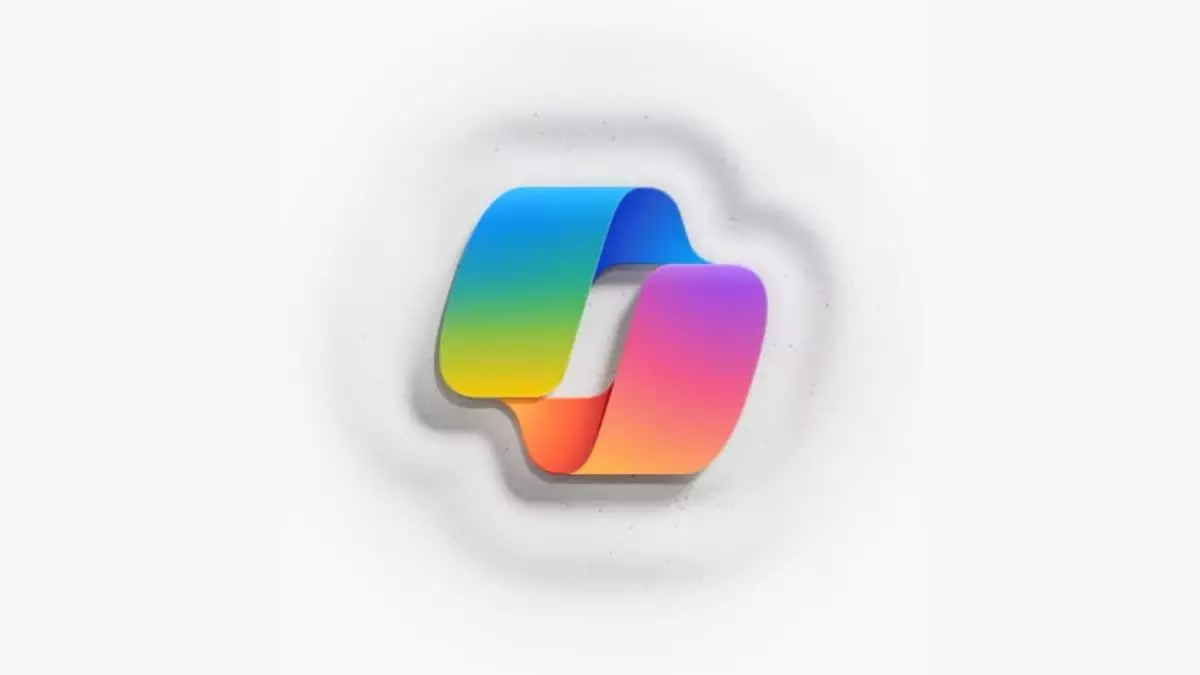The tech giant Microsoft has once again proved its dominance in the field of artificial intelligence with the release of its latest mobile app, Microsoft Copilot. The Copilot app, available for both iPhone and iPad users, aims to revolutionize the way we interact with AI chatbots. Powered by the cutting-edge GPT-4 and DALL-E 3 AI models, this app offers an array of features to enhance users’ productivity and creativity. In this article, we will delve into the details of the Microsoft Copilot app and explore its functionalities.
Unlike many app releases, Microsoft seems to have taken a low-key approach with the rollout of Copilot on iOS. There has been no official announcement from the company regarding its availability on the Apple App Store. However, keen-eyed users were quick to spot the app and download it for their devices. This muted release strategy has left many wondering about Microsoft’s intentions and plans for the Copilot app.
Microsoft Copilot, formerly known as Bing Chat, offers a plethora of features that cater to users’ various needs. The app enables users to create text, obtain answers to queries, summarize text, and even compose essays and poems. The integration of DALL-E 3 image generator allows users to create customized images effortlessly. Furthermore, the app provides free access to the latest GPT-4 large language model from OpenAI, empowering users with state-of-the-art language processing capabilities.
While the Copilot app undoubtedly boasts impressive features, it is not without its limitations. One of the notable drawbacks is the restriction on the number of responses users can receive at a time. Currently, users are limited to 30 responses, requiring them to make frequent requests for longer conversations. Additionally, the lack of chat history storage prevents users from revisiting previous chats, hindering seamless continuity in conversations.
Microsoft has prioritized user convenience in the design of the Copilot app. Like its Android counterpart, the app allows users to use the chatbot without requiring them to sign in. However, signing in enhances the user experience by granting access to longer chats. The app also supports voice and image inputs, making it convenient for users to ask questions and initiate conversations with Copilot.
The Copilot app is compatible with devices running iOS 15 or later, extending its compatibility to recent iPhone, iPad, and even Mac models with Apple Silicon running macOS 12.0 or later. This cross-platform availability ensures a broader user base can benefit from the features and functionalities offered by Copilot.
In a recent endeavor to expand the capabilities of Copilot, Microsoft announced a partnership with Suno, an AI-powered music creation service. Users can leverage the Copilot web platform to access Suno and create their own beats. However, utilizing this collaboration requires users to sign in using a Microsoft account, enabling a seamless integration of Suno into the Copilot experience.
The Microsoft Copilot app stands as a testament to the relentless pursuit of advancements in AI technology. With its intelligently designed features, seamless user experience, and compatibility across iOS and macOS platforms, Copilot opens up new possibilities in interacting with chatbots. While its limitations are evident, the Copilot app sets a promising foundation for future innovations and improvements in the realm of AI-powered applications.


Leave a Reply